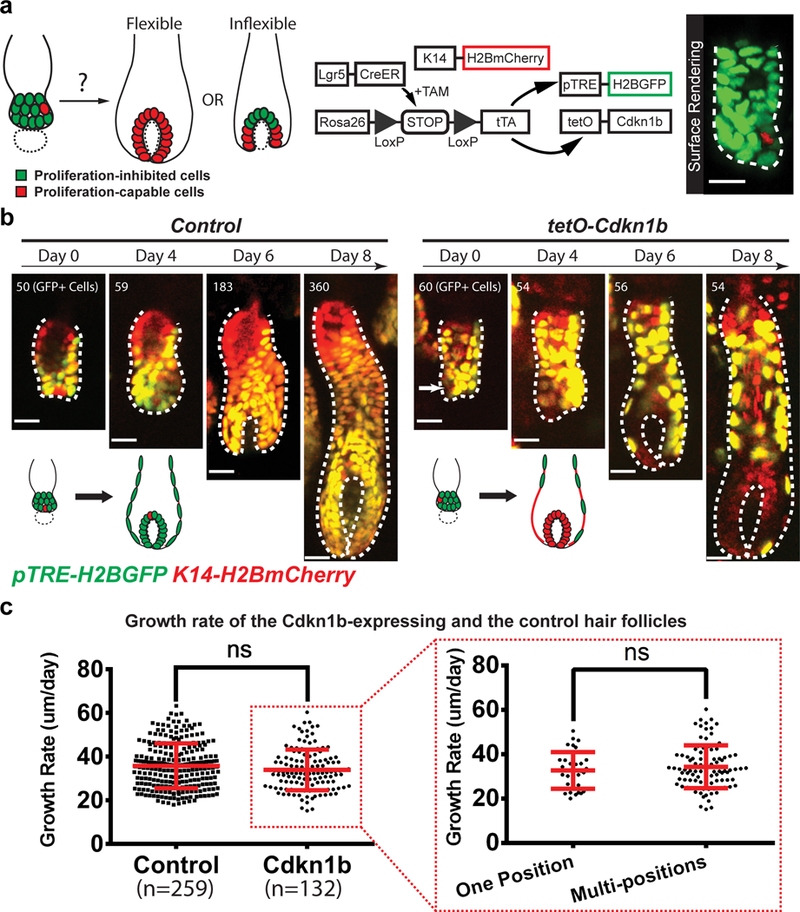Fig 3. Stem cells are fully potent to establish all the differentiation lineages in the hair follicle.

a, Schematic diagrams showing the approach for testing the flexibility of hair follicle stem cells in differentiation through inhibiting proliferation of most stem cells. Dotted circle indicates mesenchymal dermal papilla. 3D surface rendering of a hair follicle (right) showing proliferation inhibition and labeling of all (green) but one (red) hair germ cells. b, Representative examples and schematic showing when most stem cells are impaired to proliferate, only few non-inhibited stem cells (arrow) can flexibly generate the entire matrix during hair follicle growth. Note that the GFP+ cells in the Cdkn1b-overexpressing hair follicle (right) failed to expand in contrast to the control (left). Epithelial nuclei were marked by K14-H2BmCherry (red). Cdkn1b-overexpressing cells and the control cells were labeled by H2BGFP (green). The tracking was typically performed from Telogen to Anagen IIIc. Images representative of 259 hair follicles from 4 control mice and 132 hair follicles from 3 Cdkn1b overexpression mice. c, No significant growth rate difference between the Cdkn1b-overexpressing hair follicles and the controls, nor between hair follicles carrying non-inhibited stem cells at one position versus multi-positions. Plot shows the mean±SD (n=259 hair follicles in 4 control mice, n=132 hair follicles in 3 Cdkn1b overexpression mice, n=34 hair follicles carrying non-inhibited stem cells at one position, n=98 hair follicles carrying non-inhibited stem cells at multi-positions). ns, not significant, p=0.0820 and 0.3939 for the two graphs. Two-sided unpaired t-test was used to calculate p value. Statistical source data are provided in Supplementary Table 1. Hair follicle epithelium is outlined by dashed line (a and b). Scale bars, 20 μm.
